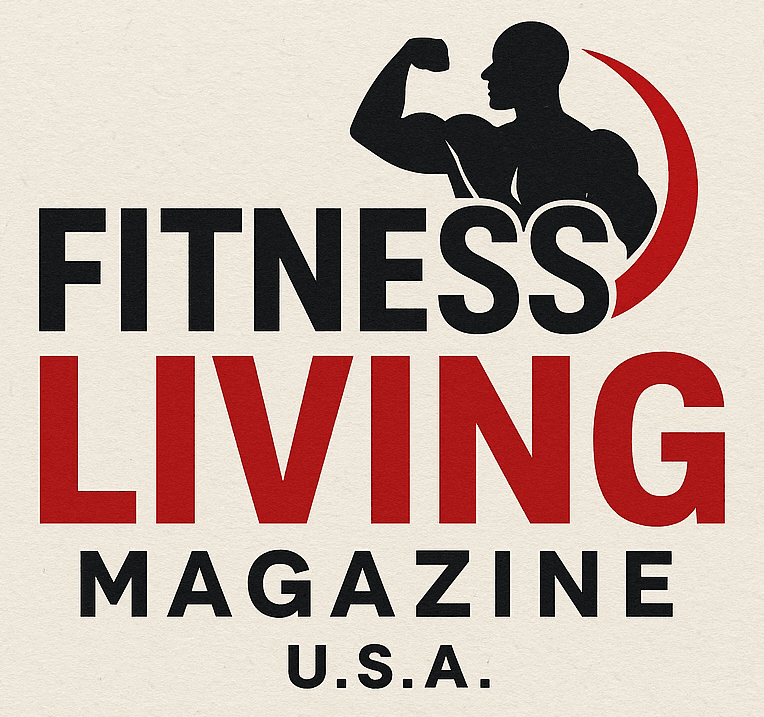
The Crucial Connection: Why Muscle Loss Matters After 40
As we age, particularly after the age of 40, muscle loss becomes a significant concern that can impact not just physical appearance, but overall health and functionality. Maintaining muscle mass is vital for keeping metabolism high, preventing injury, and promoting independence as we grow older. Increased awareness and proactive approaches can help mitigate these risks, making it essential for fitness trainers and gym owners to prioritize discussions surrounding this topic.
In 'JUST 1 Daily Habit That STOPS Muscle Loss After 40', the discussion dives into strategies to combat muscle decline, prompting us to explore how gym owners and trainers can apply these insights for their clients.
Understanding Muscle Maintenance: The Role of Training Intensity
To effectively stop muscle loss and build lasting strength, it’s crucial to focus on training intensity. This doesn't mean pushing clients to their limits recklessly, but rather ensuring that every workout pushes physical capabilities in a safe, structured manner. Aiming to end every hard set feeling like only a couple of reps could be completed with good form triggers the muscles to adapt and grow stronger. Compound movements—like squats, push-ups, and lunges—should form the foundation of any workout plan, giving clients maximum benefit in minimal time. By effectively engaging multiple muscle groups, trainers can help clients achieve significant strength gains.
Protein: The Unseen Hero in Muscle Recovery
While most fitness enthusiasts understand that exercise is essential for muscle growth, less attention is given to nutrition afterwards. Protein intake plays a crucial role in muscle repair and growth, especially for adults over the age of 50 who may require more protein to reap similar benefits compared to their younger counterparts. Fitness trainers should encourage clients to consume 0.6 to 1 gram of protein per pound of body weight daily, ideally distributed across multiple meals. This nutritional strategy is especially important for those who struggle with reaching their protein targets, making quality protein powders a useful tool for meeting these goals.
Quality Sleep: The Overlooked Pillar of Muscle Health
Lastly, prioritizing sleep cannot be overstated when it comes to muscle recovery. Adequate sleep—7 to 9 hours each night—allows for vital recovery processes to take place. Trainers and gym owners have an important role in educating clients about the importance of recovery time. Many individuals downplay the significance of sleep, yet research shows poor sleep patterns can lead to muscle loss and increased inflammation. Getting morning sunlight exposure and ensuring adequate vitamin D levels can further support healthy sleep cycles, ultimately bolstering recovery efforts.
The Simple Truth: Habits Over Complicated Routines
Building lasting strength, particularly for older adults, hinges on the simplicity of core principles: training with intent, sufficient protein intake, and quality sleep. Gym owners and trainers can forge deeper connections with their clients by engaging in discussions around these foundational habits. Encouraging clients to remain consistent, tracking progress, and celebrating small victories can foster a positive fitness culture that supports comprehensive well-being.
Actionable Insights: Implementing the Core Habits
As fitness professionals, it’s crucial to implement these strategies in training regimens. Consider how clients can incorporate these habits into their routines. Whether it’s adjusting workout plans to ensure proper intensity, suggesting meal planning for protein intake, or fostering discussions around the significance of sleep, trainers are in a prime position to drive positive changes. The overarching goal is to empower clients to prioritize their health, thereby enhancing their quality of life as they age.
 Add Row
Add Row  Add
Add 



Write A Comment